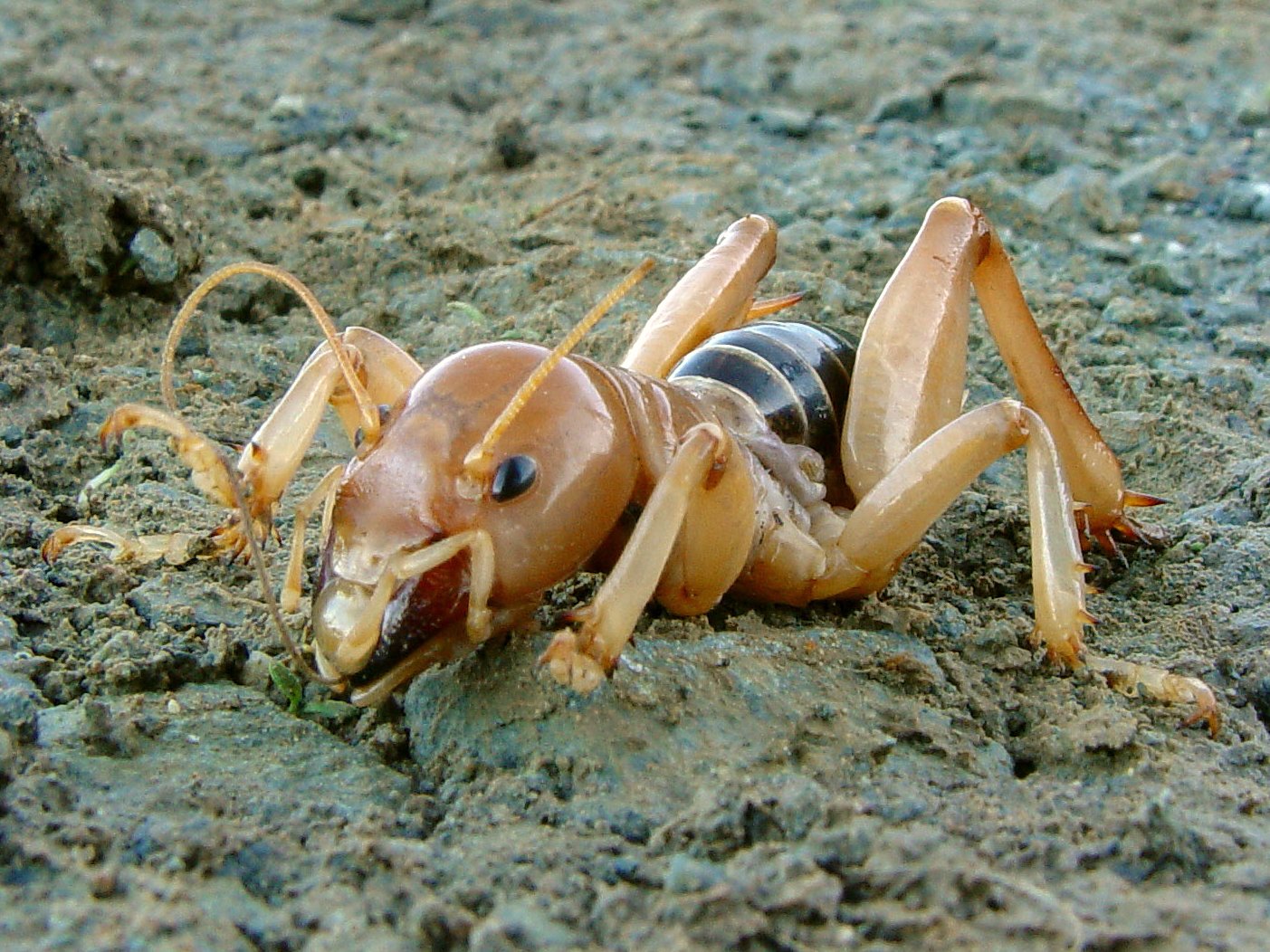Jerusalem crickets may be a little bit unsettling to most of its first-time spectators even if they are not entomophobic. Looking at them, you may think of an ant in steroids with huge humanoid head and dark menacing eyes. Yeah, it will be just understandable if you come running away from it, screaming your guts out.
However, Jerusalem crickets are pretty much harmless despite their intimidating looks.

Why ‘Jerusalem’?
During the 19th century, people had an odd logic of using Jerusalem as an expletive. Thus, when they saw this huge, menacing cricket they tend to cry out the obscenity. Not to mention that the lack of scientific explanation about these creatures bred contempt in high levels, so much that they named the cricket by:
- skull insects
- bone neck beetles
- potato bugs
- face of a child
- old bald-headed man
- Child of the Earth
But today, entomologists call them sand crickets or stone crickets which are quite okay than the ones mentioned above.
Description
Jerusalem crickets grow for about 2 cm to 7.5 cm and can weigh for as much as 13g (scary, huh?). Most of them have tanned or brown coloring with striped abdomen that has alternating strips of black and light brown. They do not have venom in them but their powerful jaws are enough to send the message that they can be pretty tough.
Adult Jerusalem crickets can be seen with a pair of black hooks at the tip of their abdomen or right between their cerci. On the other hand, the female species can be identified through their ovipositor which is located at the underside, just below the cerci.
Where They Live
In the United States, the crickets live in the western states, specifically the line along the Pacific Coast. They can also be seen in Mexico, Central America and British Columbia (sometimes). They prefer sandy and damp ecosystems which can be found from coastal dunes to cloud forests.
